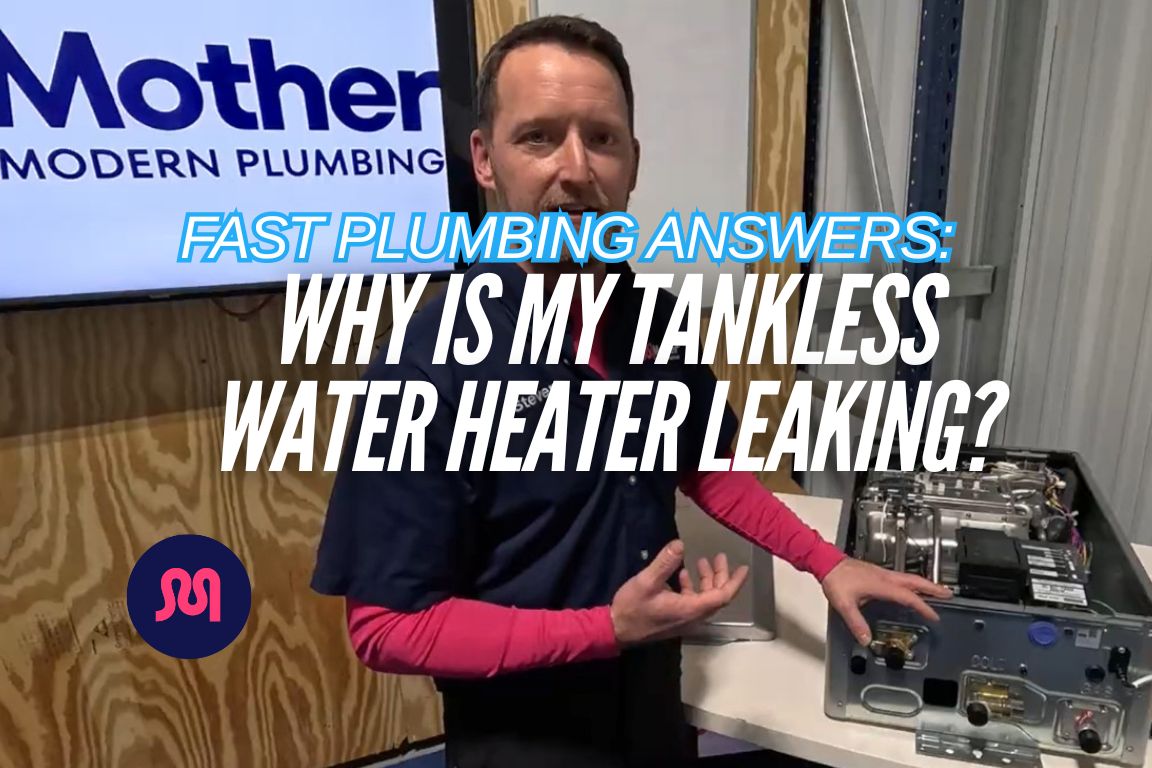Fast Plumbing Answers: Flame Sensor Error on Water Heater
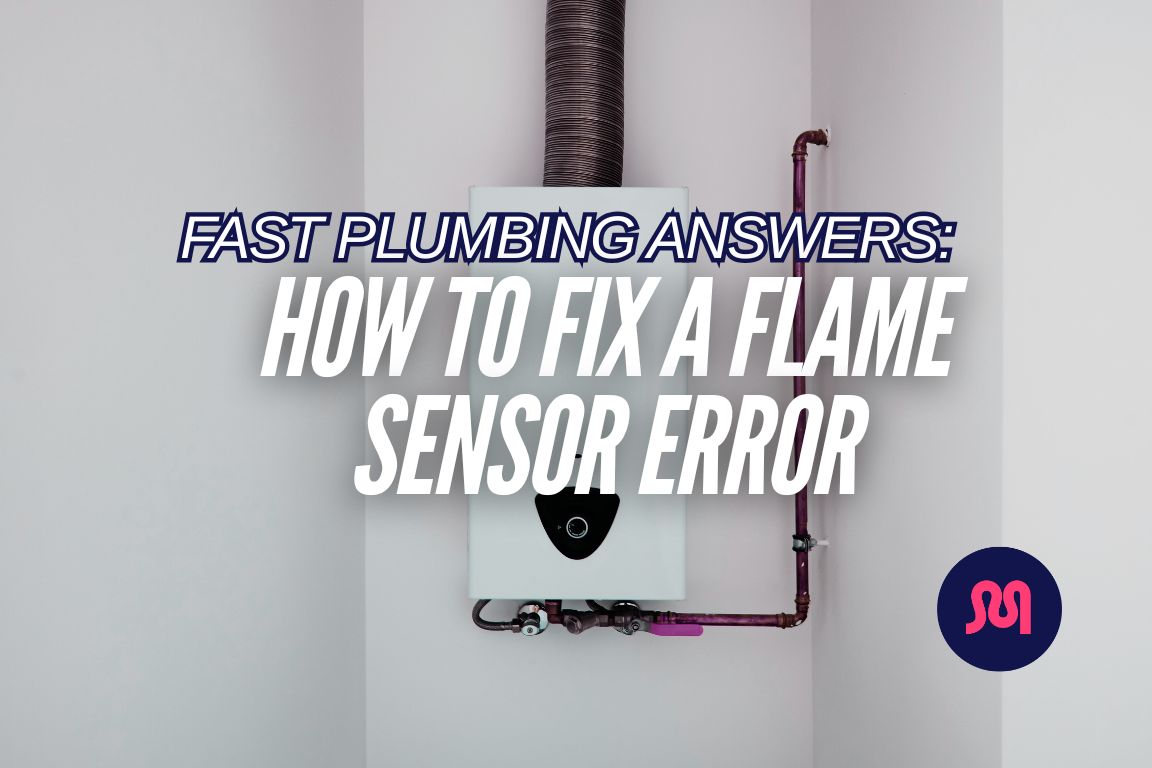
table of contents
table of contents
You’re halfway through a shower and the water goes ice cold. A quick trip out to your gas water heater, and you see a flame sensor error (usually Error 11 or 12). You’re not sure what’s wrong, but you need a quick fix- there’s laundry and dishes to do, and the rest of your family needs to shower tonight.
Don’t worry: we’ll answer all your questions in 2 minutes or less.
At Mother, our plumbers focus on solving real-world problems- like a faulty sensor messing with your hot water supply. Homeowners trust us for clear answers that get their homes back on track fast, with an eye on results that actually last.
Most flame sensor errors are triggered by dirt or soot- a thorough cleaning to remove soot or residue should fix the issue. Less commonly, you may have a gas flow issue caused by a faulty gas valve that needs to be replaced. We’ll explain how to tackle both these problems.
Need gas water heater repair in Dallas? Call us 24/7- we use priority scheduling to give you the first available appointment, no questions asked!
{{water-heater-repair="/services/water-heater-repair"}}
Flame Sensor Error on Your Water Heater? It’s Probably Dirty
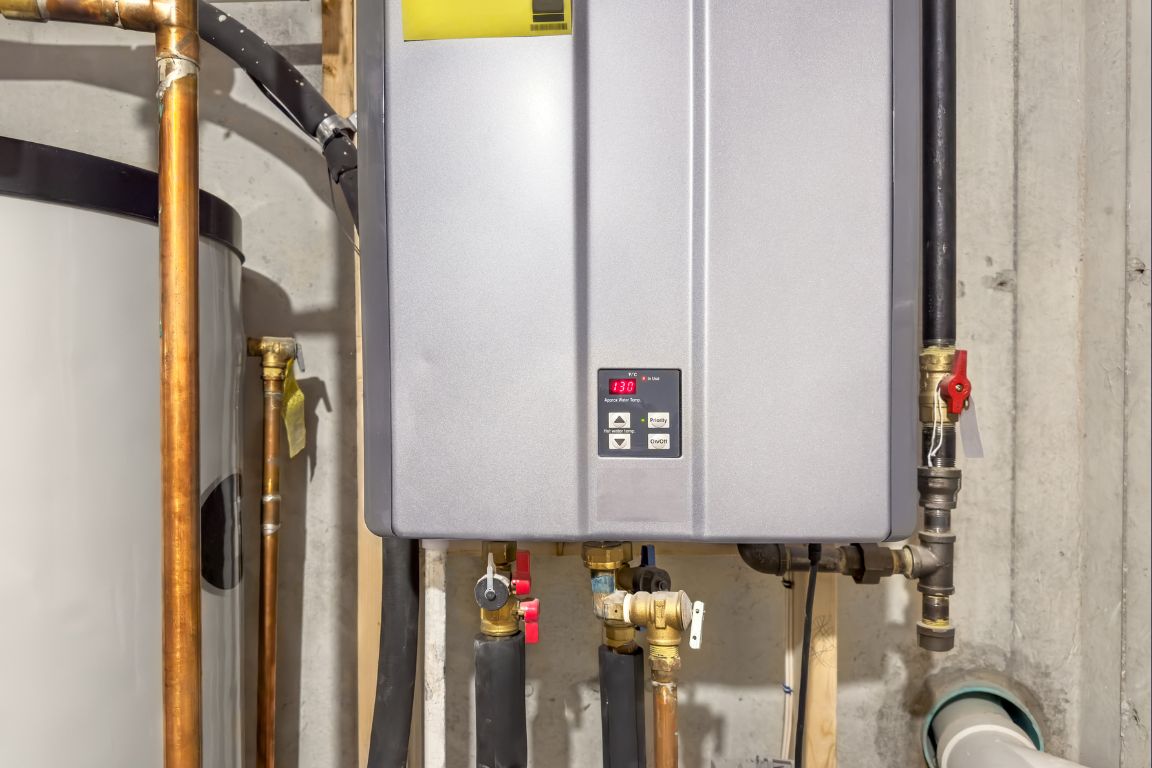
Our Master Plumber Jesse Crane says most flame sensor errors are caused by dirt, soot and residue buildup on the sensor rod.
“Most times, it’s just gotten dirty and needs to be cleaned,” Jesse says. “The flame sensor rod is a safety device, so if it’s dirty it triggers a shut off.”
Flame sensor rods are put in gas-powered appliances to detect and prevent gas buildup. Your water heater’s control board sends a small electrical current to the rod. When the sensor is dirty, the circuit is broken and the control board shuts down the system.
There are three potential causes for the dirt on your flame sensor:
- Actual dirt: Jesse says sediment buildup is the most common cause of these errors.
- Carbon: Soot and ash easily buildup on and around a flame sensor.
- Rust: Older water heaters rust and corrode over time, especially in the presence of hard water and minerals.
Most common flame sensor error codes
If you notice any of these error codes on your gas water heater’s control board, it’s a flame sensor issue:
A.O. Smith:
- Error code 11: No ignition
- Error code 12: Flame failure
- Error code 72: Flame sensing device fault
Kenmore:
- LED flashes once every 3 seconds: Low flame signal
- LED flashes once 5 times every 3 seconds: Flame out
- 6-1: Ignition failure
- 6-3: Flame lost
Navien:
- Error code E003: Ignition failure
- Error code E004: False flame detection
- Error code E012: Flame failure
Rheem:
- Error code 11: Ignition failure
- Error code 12: Flame failure
Rinnai:
- Error code 11: No ignition
- Error code 12: No flame
- Error code 72: Flame sensing device fault
How to clean your water heater’s flame sensor
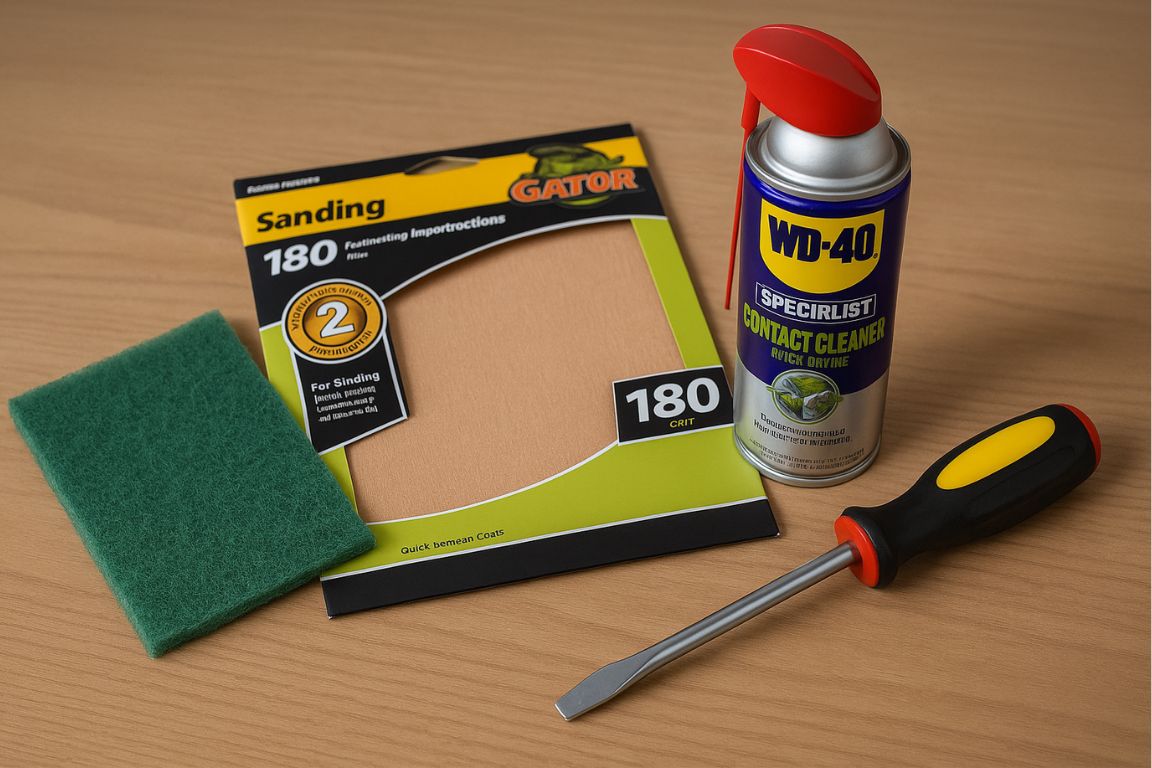
Good news for your wallet: most times, cleaning a water heater flame sensor is a DIY job.
What you’ll need:
- Scotch-Brite pad, 180-grit fine sandpaper or a soft bristle brush.
- Electrical contact cleaner
- Screwdriver (usually a Philips head)
Step-by-step instructions:
- Turn off the power, and turn off the gas. Don’t start cleaning until you do both.
- Wait for the unit to cool. Don’t touch the water heater until it’s fully cooled down.
- Locate the access panel. It’s usually on the front of the water heater. Use your screwdriver to open the panel, and look for the flame sensor.
- The flame sensor is a thin metal rod, usually connected to a wire.
- Prepare the sensor. Disconnect the wire (if it exists). Slide the sensor out of its casing- be very gentle while doing so.
- Clean the sensor. Don’t scrub the rod until it’s shiny. You just want to remove the soot or residue layer.
- Reinstall the sensor and reattach the access panel door.
- Turn on the gas, then the power to the water heater.
After these steps are completed, test the water heater. Set your thermostat to the desired temperature, and make sure the unit ignites without another flame sensor error.
Tankless owners: still having ignition issues? Check our updated guide for fast answers to solve tankless water heater ignition problems.
{{fast-plumbing-answers-tankless-water-heater-won-t-ignite="/blogs/fast-plumbing-answers-tankless-water-heater-won-t-ignite"}}
Not Dirt? You May Have a Gas Supply Issue
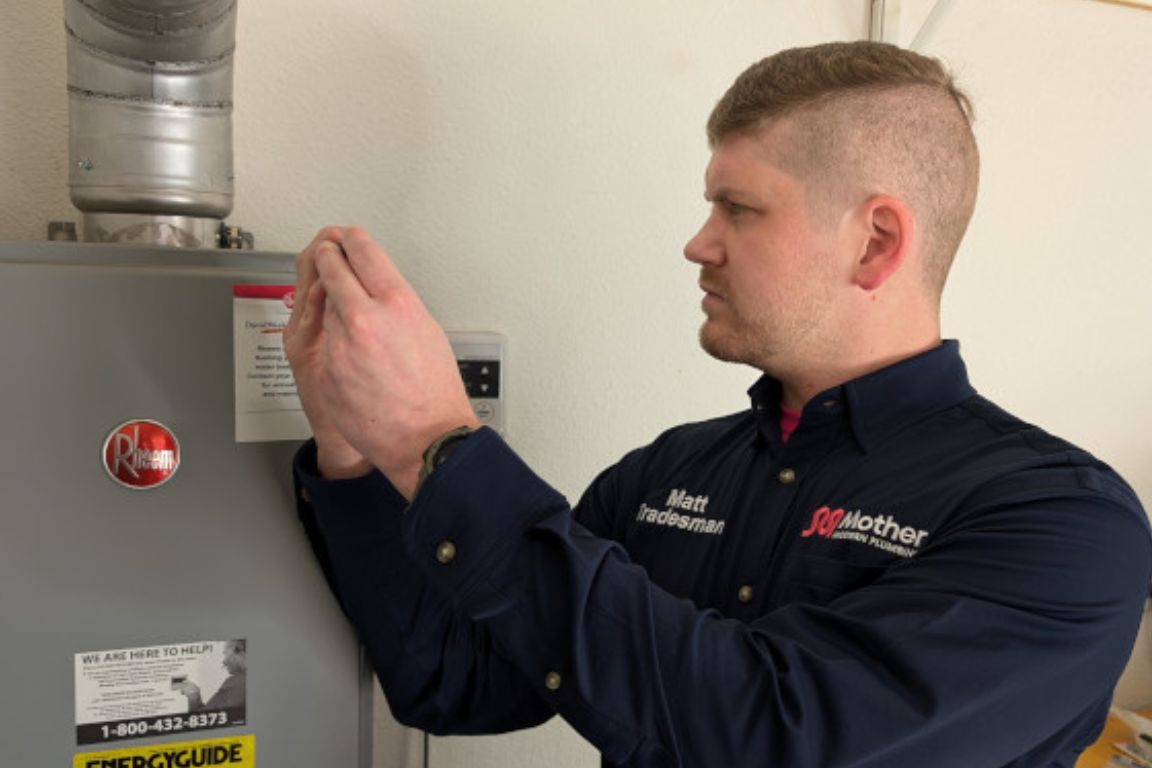
Jesse says if you don’t have a dirty flame sensor rod, a flame sensor error often indicates a failing gas valve or weak gas supply.
“If the sensor is fine, there may be a gas flow issue,” he explains. “This is due to the gas valve failing.”
If there’s a gas supply issue, the flame in your water heater will be weaker. In this case, it may not hold the pilot light.
“The flame sensor could miss it entirely and trigger an error,” Jesse says.
Check for gas supply issues before you buy a new flame sensor
Before you rush out to buy a new flame sensor or call a licensed plumber, spot-check two components of your gas water heater:
- Check your gas valve is open. If the valve is closed, open it up. This should solve your problem.
- Is the pilot light off? Relight it- you should notice a faint smell of gas when you push the button.
If the gas valve is open, the pilot light won’t stay on, and cleaning the flame sensor didn’t work, then it’s time to worry about a gas supply problem.
What to do if you suspect a gas water heater supply issue
Make two important phone calls, in order:
- Call the gas company. Inquire about any planned shutoffs or area outages. Report a potential supply issue at your home. If they advise you to ventilate or vacate your home, follow their advice. (If you’re in Mother’s service area, call Atmos Energy’s 24/7 helpline.)
- Call your plumber. Once you’ve squared away your safety with the gas company, call your licensed plumber and schedule gas repairs. If you suspect a leak, ask for emergency service. If you’re in Dallas, we’re here to answer your call 24/7.
{{gas-line-repair="/services/gas-line-repair"}}
A Clean Flame Sensor Should Solve Your Problem
Most flame sensor errors are solved with a little DIY cleaning. Use fine grit sandpaper or a Scotch-Brite pad to carefully remove soot, rust and dirt from the flame rod’s surface.
Remember: flame sensor rods are fragile, so clean with care! Be sure the gas and electric is fully off before starting work, and handle with care.
If your flame rod isn’t the issue, there may be an issue with your water heater’s incoming gas supply. Check the gas valve and pilot light, then call your gas company and licensed plumber if the problem isn’t resolved.
Need gas water heater repair in Dallas? Call us 24/7- we use priority scheduling to give you the first available appointment, no questions asked!
{{water-heater-repair="/services/water-heater-repair"}}
Common Q’s about Water Heaters
Why is my water heater making a popping or hissing noise?
A popping or hissing noise in your water heater tank indicates sediment buildup and hard mineral scaling. These issues lead to corrosion, decreased water flow and increased utility bills.
How long does a home water heater last?
Expect a traditional tank water heater to last 8-12 years, and a tankless unit to last 15-20 years. In Dallas, these estimates are affected by mineral scaling - conduct annual maintenance to reach your expected lifespan.
What water heater brands do you install?
Mother Modern Plumbing installs all conventional and tankless water heater brands in the DFW Metroplex. We don't push one brand on customers- we are trained and licensed to install your preferred product with confidence. We commonly install Rinnai, Rheem, AO Smith, Bradford White and other major brands.
Do you offer a water heater installation warranty?
Mother Modern Plumbing offers a minimum 6-year warranty on parts and labor for water heater installation, in addition to your manufacturer's warranty. Specific brands are eligible for a workmanship warranty of more than 6 years.


